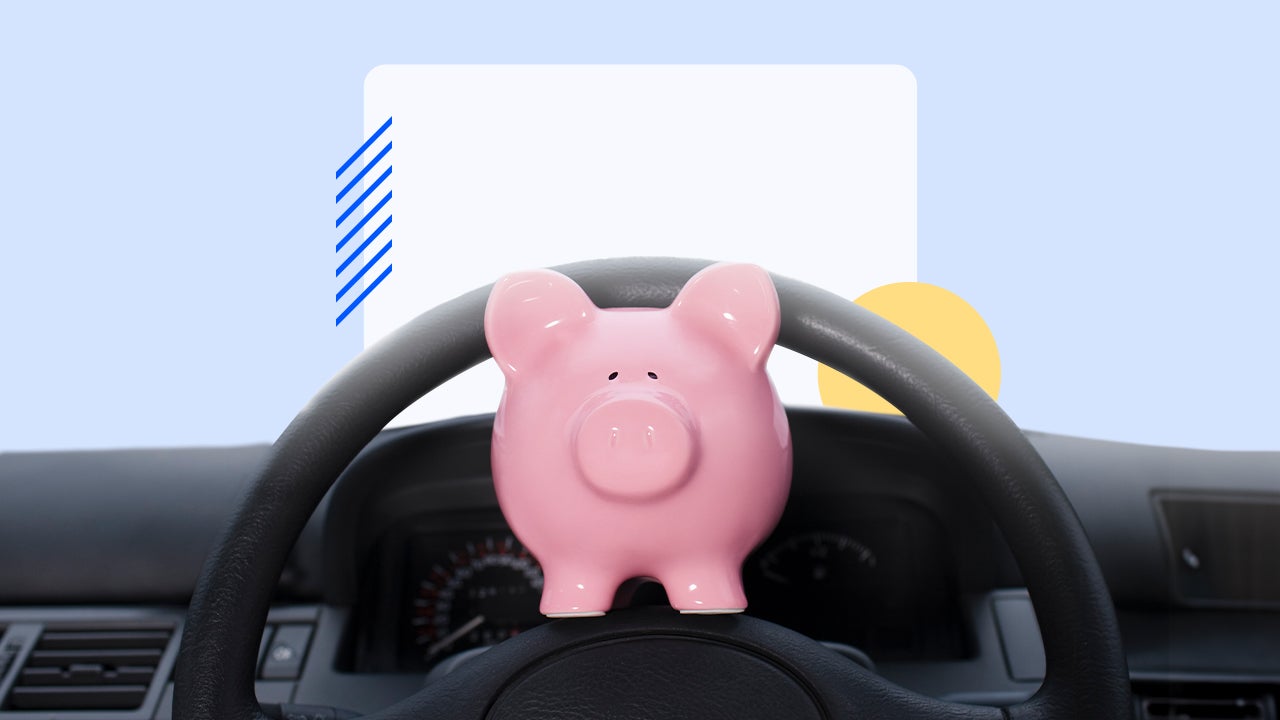7 tips to help you save money on car repairs

Key takeaways
- Multiple estimates on labor and parts can help you pick the most affordable repair shop.
- Work with your insurance to see if it has any discounts or options for in-network mechanics.
- Consider alternatives like a credit card or personal loan if the cost to repair is more than your savings.
Drivers spend big to keep their cars on the road. The average driver spends over 10 cents per driven mile on vehicle maintenance, according to AAA. On average, AAA estimates that the annual cost to own and operate a new car is about $12,300. It’s likely higher for older vehicles, which have more issues. Fortunately, with the right plan, you may save money on your next trip to the auto body shop.
7 tips to find cheap auto body repairs
Auto body repair can be expensive, especially if you want your car to look pristine. But you can cut the cost of repairs by playing it smart and knowing what to ask. With high prices on top of mind, consider these tips to save money.
1. Get multiple estimates
You will have the best chance of finding a good deal on a repair by getting multiple estimates. You can find local shops simply by searching “auto body shop near me” or “cheap body shop near me.” Doing price comparison research in advance is handy if you need additional maintenance in the future. You will already know which places are inexpensive and have the level of service you’re looking for.
Cox Automotive editor Brian Moody recommends getting three to four quotes to get the best price for maintenance or repair.
“Plus, it can help you realize that, even though a price seems high, it might be that all shops are charging that due to parts and/or labor shortages,” Moody says. “Shopping around can tell you if you’re likely overpaying or not.”
2. Ask for a labor estimate and cost
You have to pay for both the materials used in the repairs and the labor cost. Some places won’t give you a good estimate of how much labor a repair will take or the hourly labor rate.
Make sure you ask for this information when you get a quote. Even if you can’t get a hard number, knowing roughly how many hours the repair will take is helpful. Once you have a labor estimate, you can factor it into the full-price estimate for the repair.
3. Provide your own parts
Body shops have sources for getting new parts to repair cars. However, these may cost more because the shops add a profit margin. Moody says that putting in the extra effort and finding your own parts can be worth the work, but it comes with risks.
“Purchasing your own parts is best for those with a specialty car or those who can and want to do the work themselves,” Moody says. By ensuring you have the right parts, you won’t have to deal with returns — or worse, put you and your passengers in danger.
4. Consider independent and franchise shops
Make sure you’re comparing estimates at more than one type of repair shop.
“It used to be an independent shop was the only way to get a great deal. Today, independent shops do provide a great value, but franchise dealerships are becoming competitive,” Moody says. “Many larger dealerships now have an in-house repair and reconditioning shop.”
Many dealerships also offer discounts via mail or online coupons and regional specials for services area drivers frequently need. Don’t write off a dealership for future repairs, especially if you have an active vehicle warranty.
5. Get repairs done quickly
If your car needs repairs, it’s important to complete them soon because waiting can worsen the damage. For example, if your car is dented or scratched, it exposes interior components to rust and other wear. If you get repairs done quickly, you can prevent expensive-to-fix corrosion from taking hold.
6. See if your insurance offers discounts
Your insurance company may have a network of auto body shops that it recommends if you need repairs. You can usually take your vehicle wherever you see fit. However, using a preferred shop could make the process more seamless.
Depending on the type of repair and how it is funded, you could receive a warranty on the parts. And if there are costs not covered by your insurance provider, excluding the deductible, you may receive discounted rates to you for being a policyholder.
But Moody cautions: “Insurance companies are usually looking for the option that best fits their needs first — remember, they have a lot of other customers to serve. Be sure to ask if any required repairs or discounts mean the use of aftermarket parts. Original equipment parts work best with your specific car.”
7. Form a relationship with an auto body shop
“A shop (or any service-based store, really) is more likely to treat you well if they know you’re coming back,” Moody explains. “When possible, develop a relationship with your local shop by giving them repeat business or referrals.”
You may get priority over other drivers — or even a discount. Plus, an expert who knows your car well can help you determine which repairs are most important if you need more than one.
Spending more now might save you money in the future
Quality and reputation matter when it comes to car repairs. Just like comparing auto loans, shop around for a good deal. If one quote is far lower than the competition, think about why that shop charges so much less.
Getting your car repaired by a shop that does poor-quality work means you may pay more later to fix their mistakes. Make sure that the shop you go with does high-quality work that won’t require frequent returns for additional maintenance. Read customer reviews online and ask around among friends, family and coworkers before picking a repair shop or mechanic.
Also, check that the shop has credentials and the mechanics display their training certificates. You might look if the shop is approved by AAA, for instance. Other automotive industry options include ASE or I-CAR certifications — the latter focuses on excellence in collision repairs.
What to do if you can’t afford repairs
If you can’t afford auto body repairs or covering the costs will drain your savings account, here are some ideas to get the work done for free or without spending a fortune:
- Consider a vocational school. Find an institution that offers auto body repair as an area of study. Some offer programs where students complete your repairs, and you’ll only be responsible for material and supply costs.
- Use a mobile mechanic for minor repairs. They typically have low overhead costs and can pass the cost savings on to you. Plus, you can save even more money on car repairs by providing your own parts.
- Barter with a friend or relative. If someone in your network owns a body shop, reach out to see how you can barter. Offering something they need in exchange for free or steeply discounted services is worthwhile to get your car back in tip-top shape.
If you have good or excellent credit, you may open a credit card with a zero-interest introductory period to finance repair costs. Pay the balance in full before the promotional APR period ends to avoid paying interest. Personal loans and in-house payment plans are also worth considering if the borrowing costs are reasonable.
Bottom line
If your car gets damaged, you should try to get it repaired as quickly as possible. However, high prices mean you shouldn’t bring it to the first shop you see and pay whatever they ask. Taking the time to shop around and putting in some effort can help you save money on car repairs.






